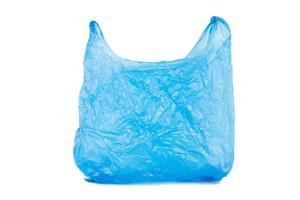PDF chapter test TRY NOW
We see plastics around us every day. Almost every item we use is plastic, and most of the eatables we buy are packed in plastic covers. Plastics have completely controlled our life due to their characteristic qualities.
Plastics are polymers with similar properties to synthetic fibres. Plastics are of two types based on arrangements of units: Linear and Cross-linked.

Imagine an arrangement of train compartments. It is linear. Similarly, when units of plastics are arranged with linear structures, they are called Linear plastics. And when units of plastics are cross-linked, then it is called Cross-linked plastics.
Types of Plastics:

In our day to day life, we are using different plastics with different properties; one will get deformed when heated, and another is used to carry hot objects.
How to classify them?
1. Thermoplastics:
Thermoplastics can be deformed easily on heating. And, it can be reshaped easily too.
Example:
Polythene: It is used to manufacture polythene bags that we use in the household on a regular basis.
PVC: Polyvinyl Chloride (PVC) plastics are used to manufacture toys, combs, and various plastic products.
Thermosetting plastics cannot be deformed or softened by heating after being moulded.
Bakelite: It is a poor conductor of electricity and heat. It is used to make electrical appliances like kettle handles.
Non-biodegradable:
Materials that are not decomposed by the natural process are known as non-biodegradable wastes.

Metals like tin, aluminium, and alloys will take several years to get decomposed. Plastic wastes will take several hundred years to decompose. Few types of plastic wastes will take thousands of years to decompose.
